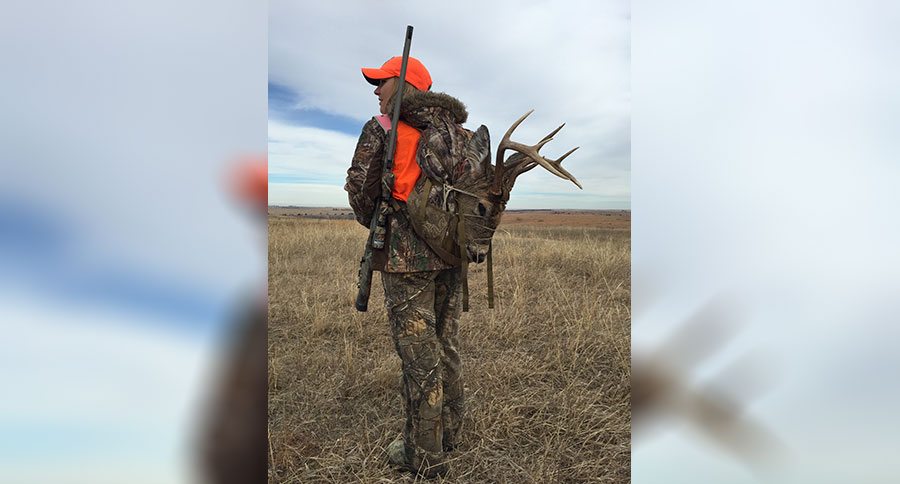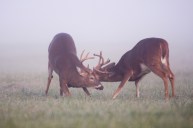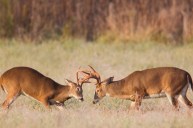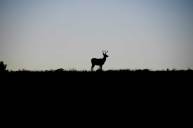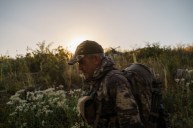The rut does funny things to whitetail, but what about when it's over?
While it's impossible to predict exactly what deer will be up to and when, there are a few general tips that can make you more knowledgeable and possibly more successful. I harvested the buck in the picture during a December hunt in Nebraska. While I thought the rut had come and gone, he ran grunting into a clearing. Here are some things I've learned from post-rut deer hunting.
Do:
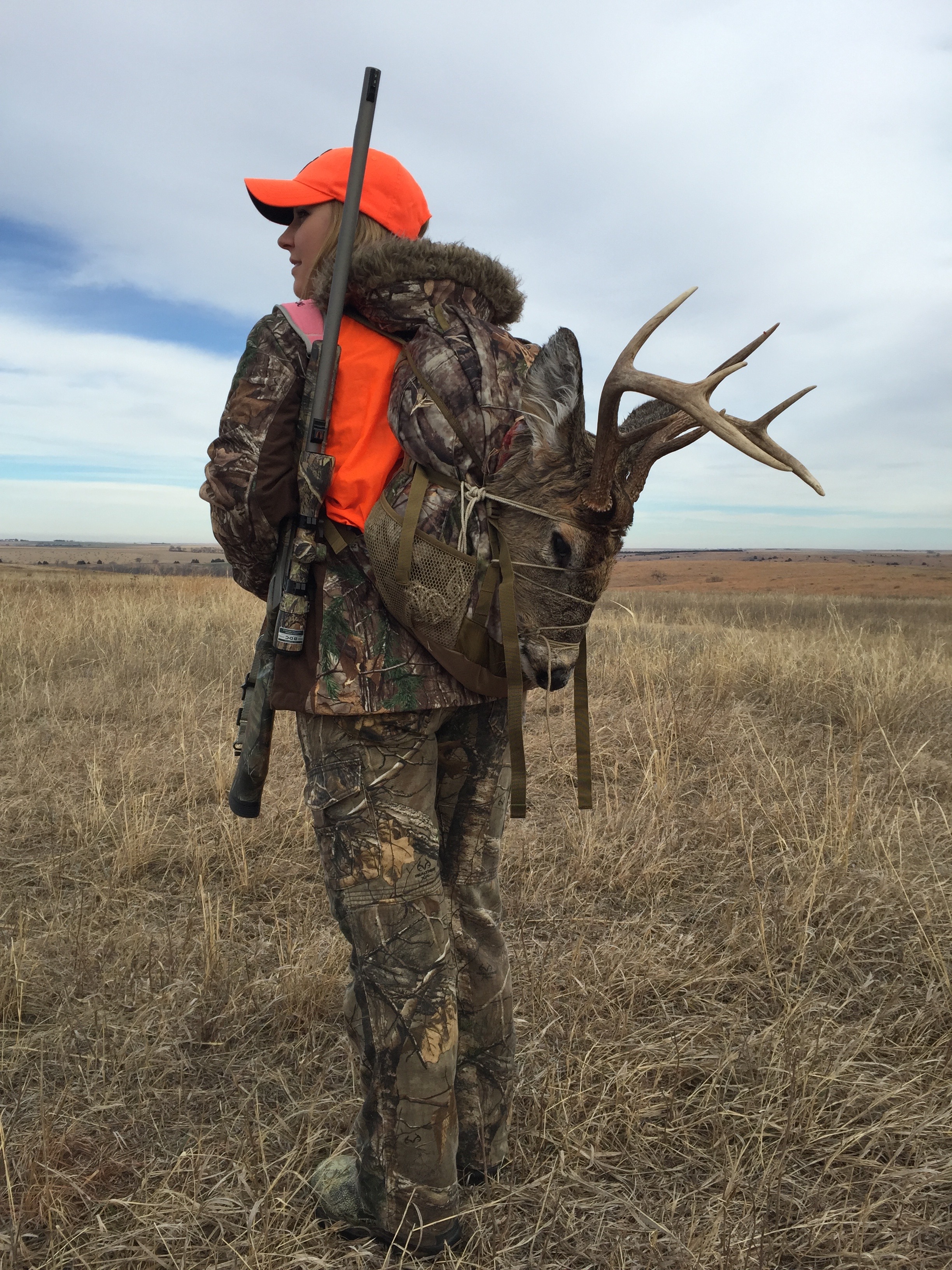
Resort to pre-rut tactics. They'll return to more patterned movements and will be trying to rebuild strength and energy. Find their food, find their bed and hunt the trails between the two.
Remember that rut predictions may not be entirely accurate. Judge the situation and predict their actions based off what you actually see. Also, remember that patterns change drastically from place to place.
Remember, there can be a second round-up rut. Doe's that aren't bred will come into season again and bucks will try to round them up. Be aware of what point the mating season is at, as this second rut phase can stir up the more mature bucks.
Don't:
Aggressive calling and rattling will likely turn deer away. Don't put on too much of a display. As mentioned above, there can be a second rut, so if it's the end of the year you may get lucky with some soft rattling or grunting.
Don't rely solely on movement predictions like lunar calendars. While fuller moons and clear nights may allow deer to have cover for moving about the night, animals can be hard to predict, so trusting the tried-and-true early-morning and late-evening hunts may be best.
Deer are more aware after the rut and after they've been pressured from hunters. Now is the time to be subtle, so don't thrash around in your stand or blind and be extra mindful of things like scent.
Good luck with your post-rut adventures!
NEXT: SOUTH CAROLINA DNR AND THE NWTF GET IT DONE ON YOUTH HUNT
https://rumble.com/embed/u7gve.v3trxt/
